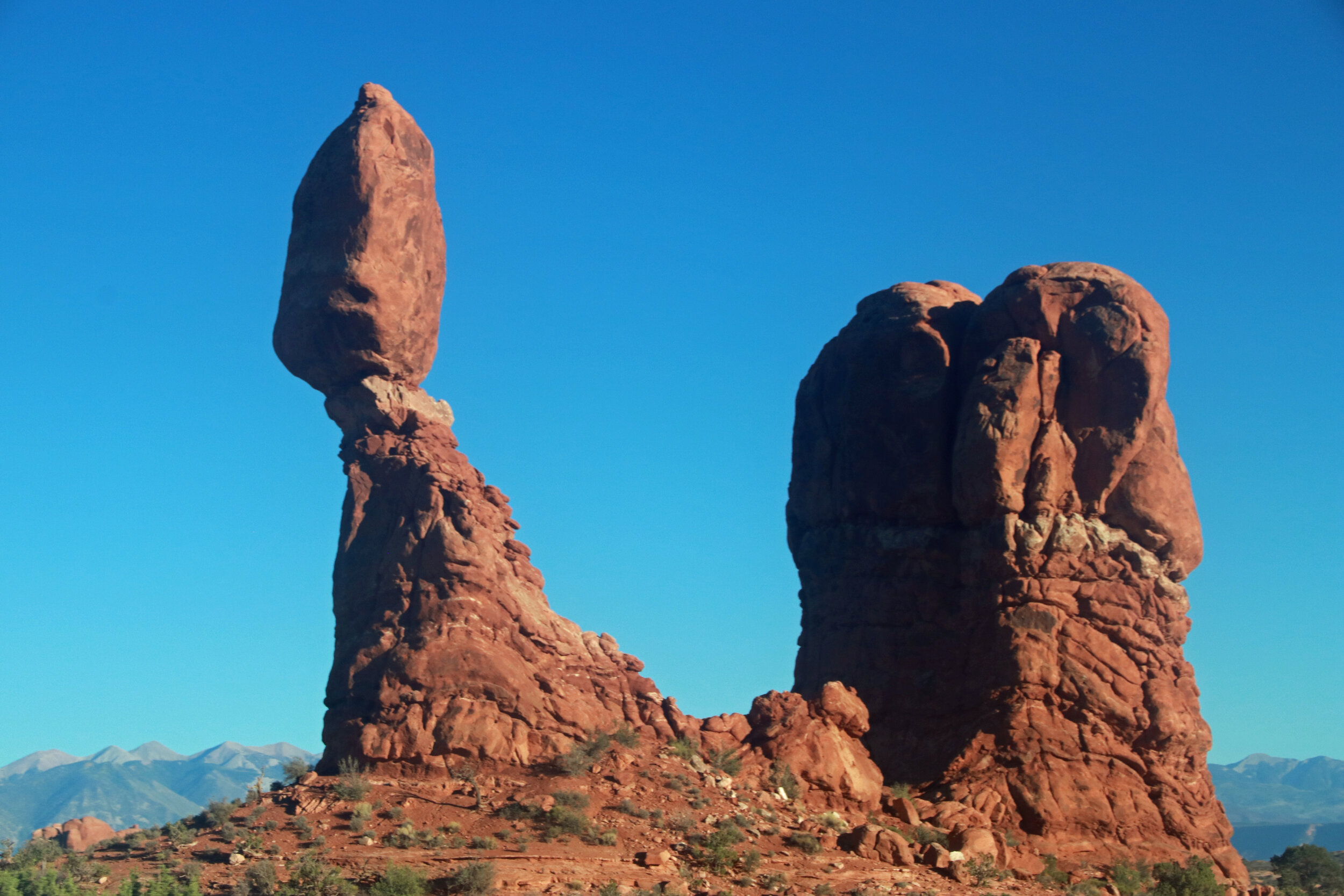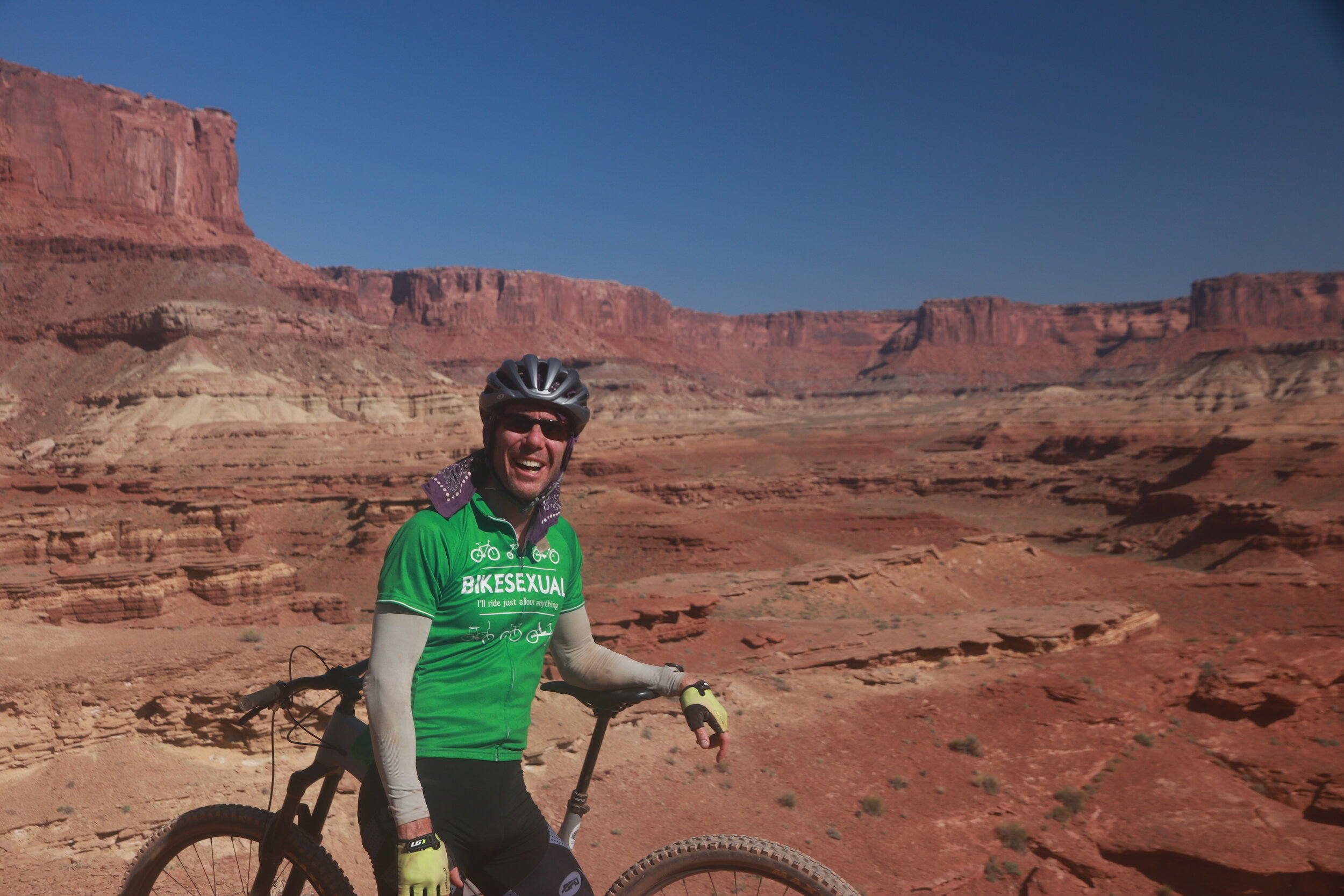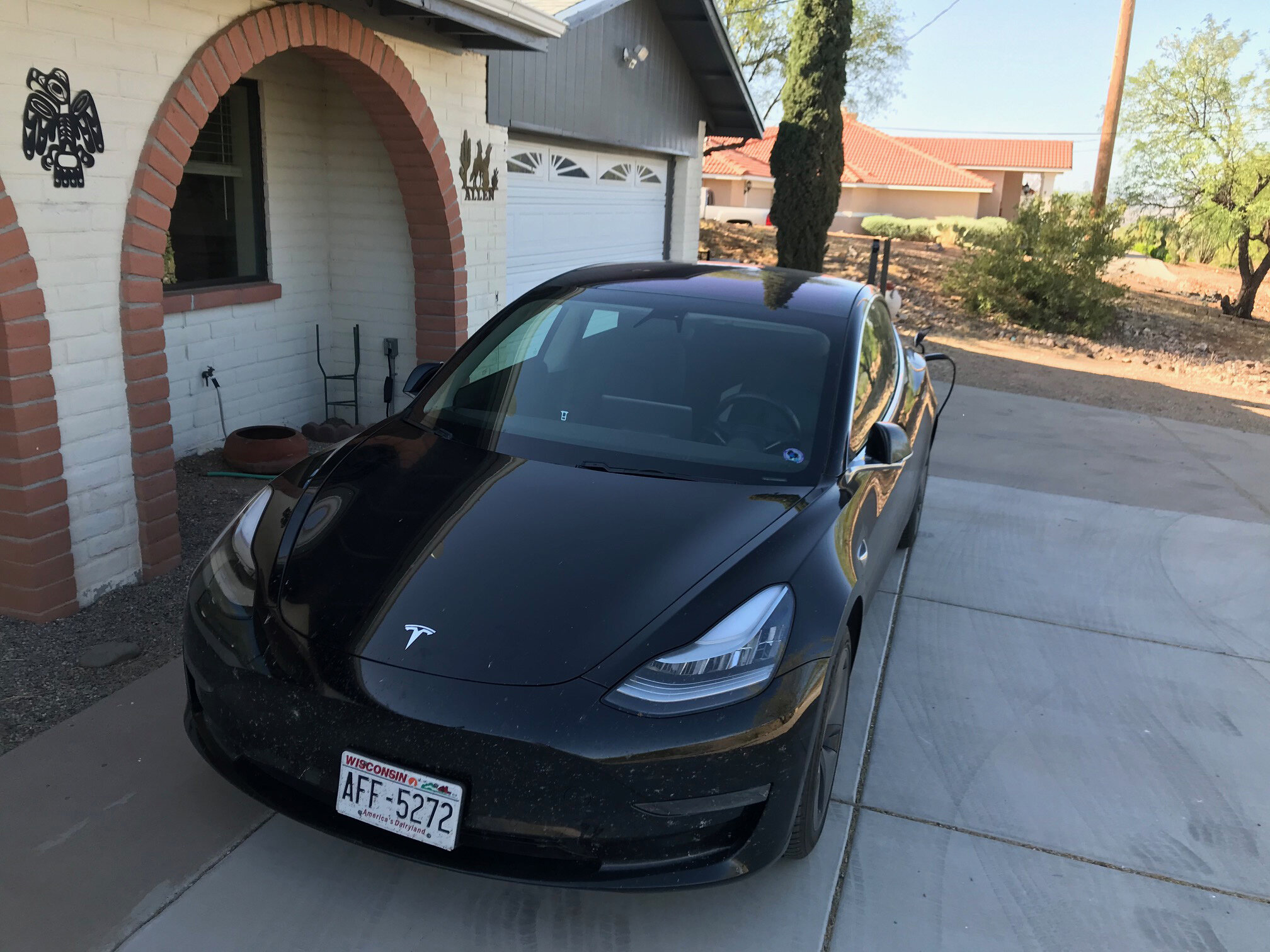“Dirt Bags” make name for themselves
Volunteering may not be so unusual in retirement, unless you’re a super-fit octogenarian doing extremely physical work to preserve and maintain mountain trails for adventuresome hikers. That’s the story of the self-described “Dirt Bags,” not all of whom are in their 80s. They move heavy rocks into place to establish the trail, cut back thorny vegetation and create and remove steps when necessary to make the ascent up the mountain easier. The payoff, in addition to the journey, is the view atop the mountains of the Coronado National Forest.
At 82, longtime trail cutter Joe Watkins of Rio Rico, is still at it (so is his wife, Barbara, though not today) and he has no plans to scale back. We caught up with him after an early morning start at the 4.5-mile round trip Atascosa Trail near Nogales, Arizona. It’s about a 2 and a half-hour hike to the top.
“I believe in the social contract, giving something back to the community,” he explains. “And I think most people here subscribe to one version or another of a social contract.”
They are putting their substantial effort toward maintaining a trail first built by the Civilian Conservation Corps about a century ago. Watkins investigated the history of this trail and says its purpose was to reach the summit so spotters could identify fires. The path has long since deteriorated, as modern technology no longer requires human fire spotters with binoculars atop mountains!
Retiree Dennis Allen, 71, who now lives in nearby Rio Rico, spearheaded the effort to rehabilitate this Atascosa Trail, having enjoyed working with the Dirt Bags on other trails.
“The people that are on the Dirt Bags already had said that they would like to do the Atascosa Trail, because we were looking for more things to do,” he explains. “We were already finished with all our trail work over there on Patagonia. So, we were looking for new things to do, and that's when I got started doing this stuff,” he said.
When asked what he likes about this grueling trail work, he said, “Pretty much everything. I mean, I like doing the work, and the camaraderie is fantastic. So, it's just a good group to be with.”
After hiking more than an hour up the mountain to reach the spot where the trail needed work, one might conclude that most people wouldn’t do this hard work for pay, let alone for free! But Barb Sparks certainly doesn’t see it that way. This spry 76-year-old relishes the opportunity to get out in the sunshine and do something physical to support the community. She’s doing so this day alongside 82-year-old Molly McClure, yet another volunteer whose stamina seems to defy aging.
I wanted to get more exercise,” says Sparks, after spending her professional life in academia. “I wanted to be outdoors somewhere, so that's when I started.” Not only does she take the time to do this challenging work, but she drives an hour from Tucson to participate.
David Steadman, 73, is also an academic who regularly volunteers as part of the Dirt Bag crew. A retired University of Florida Zoology professor, Steadman calls himself an “outdoors guy.”
“I’m completely at home out here,” he explains. “I do a lot of hiking and one of the reasons why I moved when I retired was to do a lot of hiking, especially in national forests.” He also spends time volunteering in Mexico every other month or so.
“There is a lot of variation in how well maintained the trails are. And so, when I learned about the Dirt Bags a couple of years ago, I said, that's for me.”
The name “dirt bag” is a pejorative in every other sense, but for these trail building/repair enthusiasts, it’s a good-natured moniker named after the burlap sacks they lug around to maintain the trails. They fill them with rocks, gravel and dirt, and then use those materials to build the trails. Steadman says the work they do is its own reward.
“The fresh air probably does good for you. Look at the views! The sun proceeds through the sky during these Dirt Bag sessions and out of this, you see the light change. You see the shadows change on the mountains and stuff. It's beautiful. It's really inspiring.”
No argument from the youngster on the crew, John Casimir, a friendly, hardworking, 56-year-old motorcycle enthusiast who is visiting from Colorado Springs. Casimir chats, while hacking away at an overgrown cactus.
“It’s some kind of Yucca with the super sharp points on it,” says Casimer. “As a person gets up close, they're going to end up walking close enough to get poked. So, you just want to make this safer for the people who are going to hike up here.”
The daunting nature of the work doesn’t seem to faze these people. After all, they’re working on a mountain trail that’s 2.5 miles long, and there’s plenty of hard work to be done before they call this one completed. They work until they’re tired and then they rest. They return to work when ready and quit whenever they feel like it. Eventually, their work will meet their expectations for what they hope the trail will become.
Allen envisions the final trail project like this:
“Nice and wide. It'll be two feet wide, pretty much free of all the steps is what we're trying to do,” he explains. “We want to have as few steps out there as possible.” The goal is to level it out, which may well take a couple of years to accomplish at a 5% slope.
“The thing is to build a trail that keeps the water off,” explains Joe Watkins. “It's interesting. You slope it out slightly so that when the water shoots down the hill, it goes down the trench and then straight off the trail; not down the trail. It'll last for a long time if you do it correctly.”
So how do these people have the expertise to accomplish such specificity? Well, they rely on another volunteer, a professional landscaper named Chris Strohm. Strohm is the go-to guy on this project and he’s earned the respect of the entire team. His name comes up constantly when the Dirt Bags discuss their work. Strohm was trail building farther up the mountain with David Carley and Gary Levine. They were digging up rocks from the mountainside to be used to line the trail.
“The mission statement's two things: Keep the water off it and the people on it,” says Strohm. “And doing this, is doing both.”
These volunteers know that it's a lot easier to walk a path that's nice and smooth, without tripping over rocks everywhere, and having a gully running down through the middle of the trails. Some boulders were so big, they could only be pried up with a long bar and rolled down to be placed later along the trail.
Trail work requires maintenance, even after the main work is over. Plants grow, trees fall over, rocks get moved, etc. “So, you're never really done,” says Watkins. “We don't want to be done. When we're done, we'll lose all this, you know?”
He points to the crew chatting it up in the parking lot after a hard-morning’s work, getting hydrated.
“Look at everybody. Yacking and talking,” he marvels.
















































































